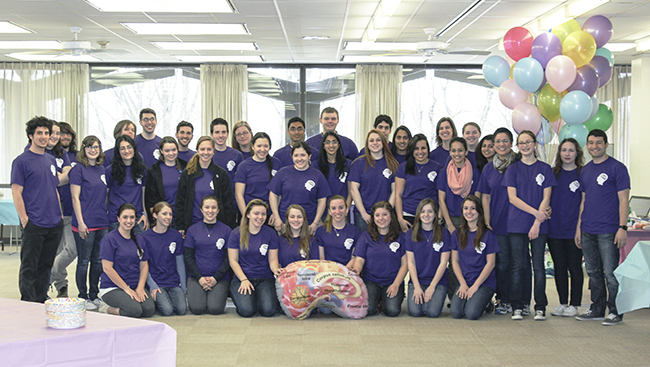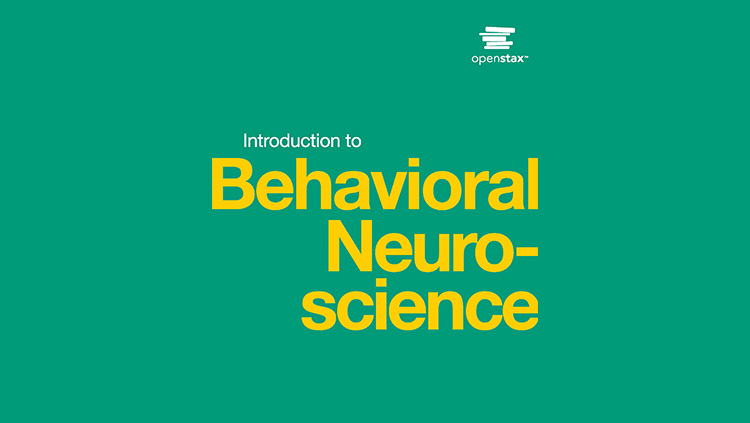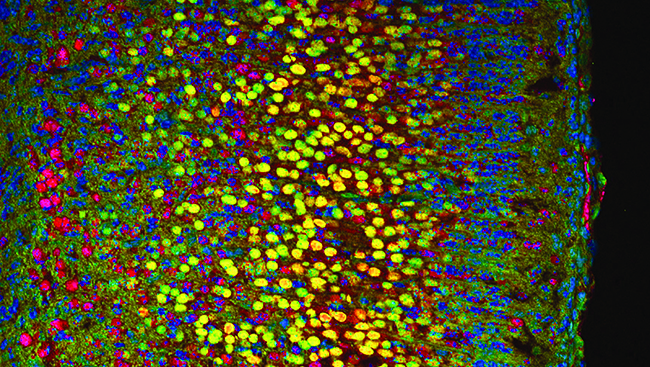
For most of my career, I have taught about the brain and behavior in an interdisciplinary way. A liberal arts education provides wide exposure to the arts, social sciences, mathematics, natural sciences, and the human condition (also known as the humanities).
When we study neuroscience using this approach, our students develop an appreciation for how disciplines such as philosophy, foreign language, psychology, and music may contribute to a more complete understanding of cognitive function. This gives them the freedom to “step outside the science box” to approach neuronal activity or behavior from a variety of perspectives.
Here are a few examples showing how we at Moravian College weave the liberal arts into our neuroscience program and prepare our students for life-long learning, problem solving, creativity, and diverse communication.
Mainstream Neuroscience Courses, but with a Twist
Our foundational neuroscience courses have themes beyond the expected neuroanatomy, physiology, and pharmacology to address topics such as the ethical implications of genetic testing in neurological conditions and the role of music in brain development to the impact of meditation on brain activity.
Because these areas are so relatable to many of our students’ life experiences, they are motivated to dive deeper — even beyond the classroom by attending regional seminars and conferences.
Our writing-intensive seminar course also embraces a liberal arts flavor by introducing interdisciplinary themes including aging and neurocinema (neuroscience and the movies). Something rather extraordinary takes place as students realize the meaningful connections between the arts and sciences.
Brain Sex, Anyone?
As one of our Social Impact of Science liberal arts courses, Brain Sex has become a great way to bring together students from a variety of backgrounds to study what it means to be heterosexual, homosexual, transgender, and more from neuroscience, psychology, social science, ethical, and historical points of view.
Developing a course that touches on so many intersecting disciplines is a wonderful way to engage students in enriching and diverse conversations about the brain and behavior.
Get Together!
Moravian College is the home institution for the Lehigh Valley Society for Neuroscience (LVSfN) Chapter. However, we would not be as successful as we are without our partner institutions. Shout out to Cedar Crest College, Muhlenberg College, Lafayette College, Lehigh University, and DeSales University!
Each year, we hold the LVSfN Undergraduate Research Conference that reflects our commitment to the liberal arts. Not only do we celebrate the scholarly accomplishments of undergraduates and their faculty mentors in neuroscience and psychology but also philosophy of mind.
We are encouraged by how participation in our conference continues to grow. Alumni have returned to share their post-graduation experiences in medicine, research, and pharmaceuticals as well as in scientific writing, education, and government positions.
Becoming “Brain Aware”
Most liberal arts colleges have community service embedded in their mission statements. The LVSfN Chapter celebrates Brain Awareness Week (BAW) through numerous service learning events that educate the college and Lehigh Valley communities about the brain and benefits of neuroscience research.
However, the themes of our BAW film and seminar series are typically linked to the liberal arts tradition. We have offered programs such as The Art of Neuroscience, The Musical Brain, Brain Gender, and most recently, The Impact of Socioeconomics on Brain Development.
Many of our outreach programs tie art, music, and history into the hands-on neuroscience activities. In fact, our undergraduates design these educational stations and the desired learning outcomes as part of an assignment in one of their foundational neuroscience courses. There is a great deal of problem solving and creativity involved as students strive to design stations that will reflect the educational objective they intend to express.
Creating Community Catalysts
As a neuroscience program embedded in the liberal arts, we aspire to develop our undergraduates into responsible citizens for the benefit of society. They may become civic leaders who are recognized within the community or catalysts for encouraging others to become involved in civic life.
At our institution, neuroscience majors are becoming more involved in scientific advocacy. They hold “Advocacy Days” to collect signatures for electronic petitions from members of our college community to encourage Pennsylvania representatives to support scientific funding initiatives. We have invited our elected officials to the college for lab tours and even participation in our conference. We hope to strengthen this relationship with time and effort.
In the meantime, for this upcoming presidential election, our students will be sharing how each campaign views (or does not view) the importance of funding scientific discovery up until Election Day.
Because it “takes a village” to implement most successful programs, I would love to learn more about how other institutions are embracing the liberal arts within their neuroscience programs. So, please feel free to share your innovative ideas in the comments or contact me at cfox@moravian.edu.*Photo provided by author.








